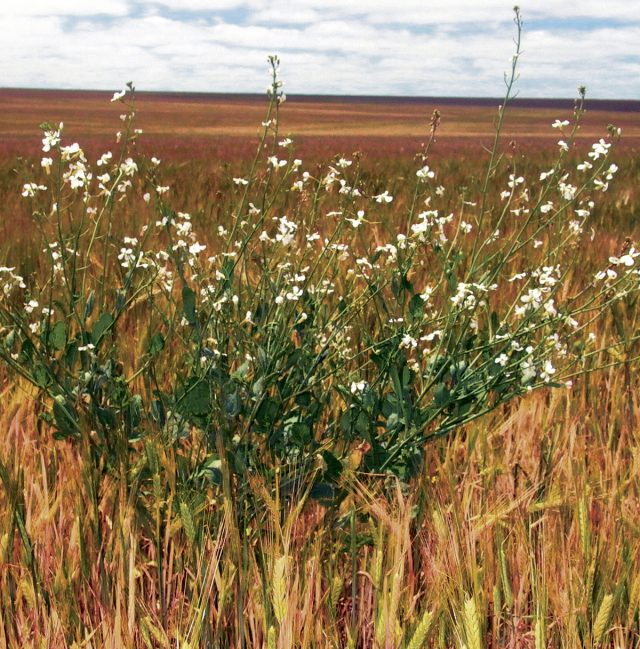With recent rains in our area, weeds are sure to follow!
Weeds are a persistent problem for farmers in the Wheatbelt region of Western Australia, known for its fertile land and agricultural productivity. These invasive plants compete with valuable crops for vital resources such as nutrients, water, and sunlight, ultimately reducing overall yields and impacting agricultural productivity.
Among the common weeds in the Wheatbelt region, Capeweed stands out as a common annual weed. With its bright yellow flowers, Capeweed spreads rapidly, forming dense mats that crowd out desirable plants and if left uncontrolled, can significantly reduce crop yields.
Wild Radish is another winter annual weed that poses a major threat to production. Its slender stems and purple or white flowers make it easily recognisable. Wild Radish produces large quantities of seeds and competes aggressively with crops, resulting in reduced crop quality and yields.
Sowthistle, a common perennial weed in the Wheatbelt, presents its own set of challenges. With a deep taproot and bright yellow flowers, it is known for its rapid growth and ability to reproduce through both seeds and underground runners. If not managed effectively, Sowthistle can quickly infest fields and compete with crops for resources.
Annual Ryegrass, a winter annual grass weed, is among the most common weeds in the area. Its dense growth and ability to develop herbicide resistance make it particularly challenging to control. Annual Ryegrass competes vigorously with crops, reducing yields and affecting the quality of harvested grain.
To mitigate the detrimental effects of these invasive weeds, effective weed management including crop rotation, herbicide use, and integrated weed management strategies can help minimise the impact on crop yields.
When it comes to managing weeds, spraying is a popular and efficient method. Spraying allows for quick eradication compared to labour-intensive techniques like whipper snipping or hand weeding. However, depending on the circumstances, a combination of techniques may be necessary.
FarmCo’s top recommendation for general winter weed control is Glyphosate (RoundUp), utilised in a high-quality Silvan sprayer. These can come either as a small 8-litre sprayer, a 15-litre knapsack/backpack or a larger tank style 55-litre 12-volt sprayers that can be conveniently attached to a quad bike.
To maximise the effectiveness of spraying, it is recommended to target weeds while they are small, saving time and chemical usage. If rain is forecasted, it is advisable to spray weeds at least 6 hours before the rain arrives, ideally 12 hours prior. Sunny mornings are ideal for spraying, as the spray can be quickly absorbed through the leaves over the course of the day.
Employing effective weed management practices, including crop rotation, herbicide use, and integrated weed management strategies, go a long way in minimising the impact on crop yields.
If you are needing advice or assistance with a particular weed problem on your property, speak to our friendly and knowledgeable team at FarmCo today on (08) 9651 1312.
Photos courtesy of The Department of Primary Industries and Regional Development (DPIRD).








